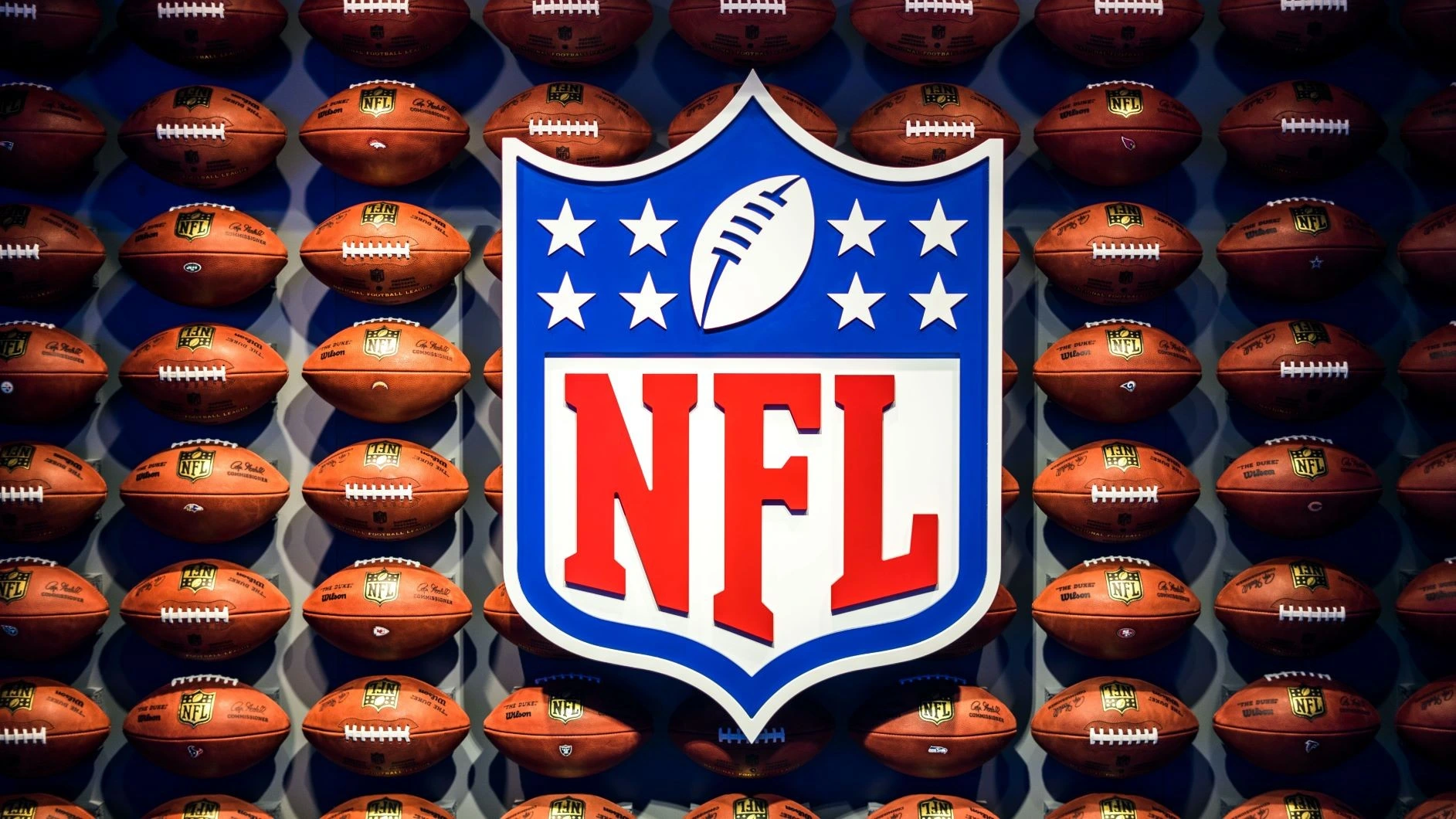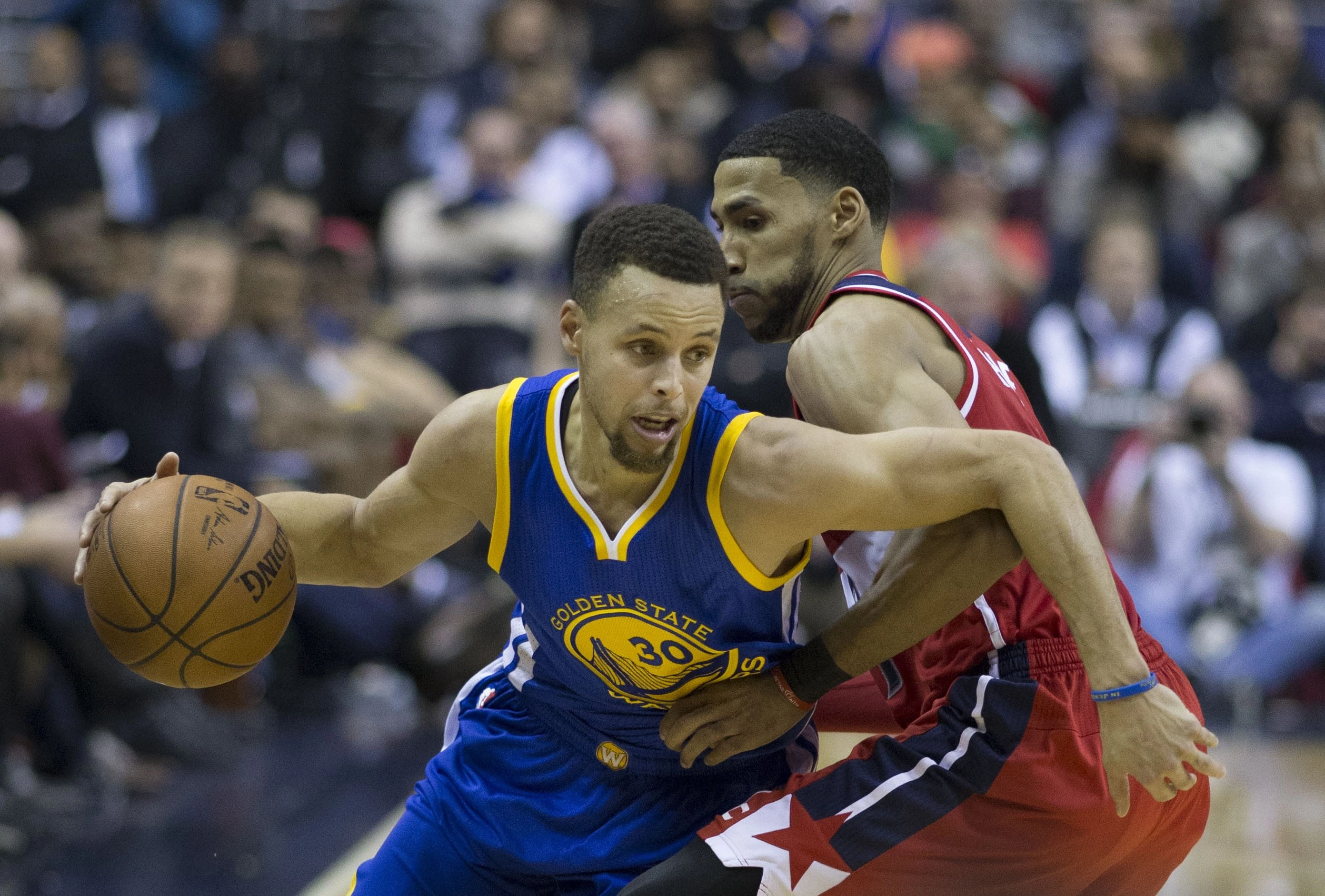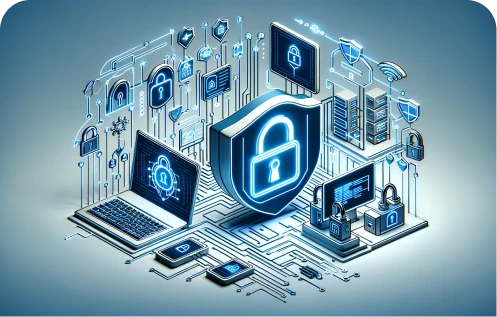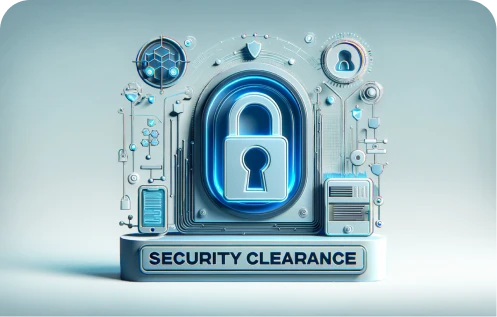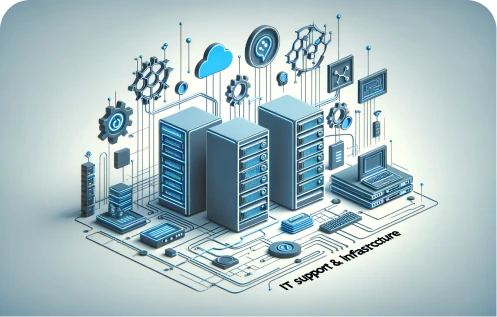Picture the scene: you’re in an audio-only chat room on your iPhone with the electronic two-piece Disclosure, and they are announcing that they are giving away their new album in the form of an exclusive digital asset. Involving Clubhouse (the audio-only chat platform) and NFTs (the digital asset), this is a very ‘2020s’ scenario.
Whilst Clubhouse might be a fairly simple concept to get your head around, being just another social network, the world of NFTs is perhaps not so straightforward. First, the basics: NFT stands for ‘Non-Fungible Token’. The ‘Token’ part of the name refers to its link to a blockchain – NFTs are a unit of data that’s stored on a digital ledger – something that we are more used to seeing with cryptocurrencies. This data can be anything at all, such as a string of numbers, a novel, or a digital image.
A Non-Fungible Token
What sets an NFT apart from other ‘Tokens’ or ‘Coins’, however, is the ‘Non Fungible’ part: each NFT is not interchangeable with another, and cannot be broken up into smaller parts. Imagine if each bank note of a currency was treated differently based on its own unique serial number, rather than just being all mixed together, and this will give you an idea as to how it all works.
It’s precisely this uniqueness which gives NFTs their value: only one instance of each NFT exists, and it can have only one owner. Another analogy can be made with trading cards, collectable, unique items whose value is based on rarity.
NFTs: A Cultural Phenomenon
Right now, NFTs are proving to be one of the hottest digital crazes, with around $50 million worth of NFTs being sold every week. Standing out from the crowd is an NFT artwork created by the artist Mike Winkelmann, aka Beeple, which sold online for scarcely-believable $69.3m through the auctioneers, Christie’s.
Artists have indeed been quick to embrace NFTs, with the uniqueness and ease of verifying ownership proving particularly attractive qualities – similar to how the art industry works in the physical world. Artists can either store an image of their piece on an NFT, or create a piece of digital art that exists solely in the form of an NFT. The artist known as Beeple has been joined by the British artist Banksy and the digital artist Pak in creating, and selling, NFT artwork.
Musicians of all kinds are also getting involved with NFTs. They appeal to musicians because it gives them a chance to directly generate revenue from their music, without record labels taking their own (often large) cut. Disclosure, as mentioned earlier, have got in on the act, along with others including DJ 3lau, who sold an NFT collection of his music for over $11m; Kings Of Leon, who released their album as an NFT; and the musician Grimes, who pocketed a cool £4.3m after selling their digital art collection.
NFTs: Here To Stay?
Whilst the numbers behind such sales of NFTs are eye-watering, and evidence of the current popularity of this digital asset, many are questioning if it’s something that’s viable in the long term, or merely just a passing fad. As the crypto world continues to grow, it’s likely that these ‘digital trading cards’ will do so as well – particularly if there continue to be innovative applications of NFT artworks.







